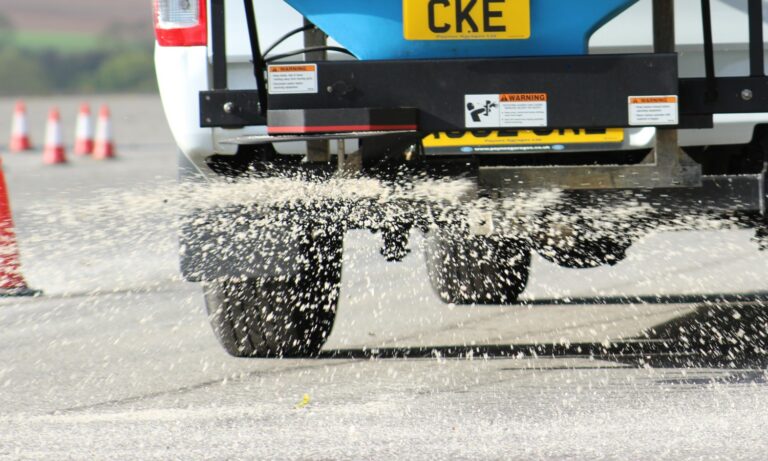A proactive approach to winter preparations
As the nights draw in and the temperatures begin to fall, retail destinations must once again prepare themselves for the icy months ahead. Whether it is proactive maintenance of drains or grounds or readying your plan for snow and ice clearance, Brendan Aherne, winter services director at OUTCO explains that now is the time to prepare for winter.
“Leaving small problems unresolved risks greater costs down the line that may have a material impact on an organisation’s bottom line,” warns Aherne. “Hazardous conditions such as slippery surfaces or broken paving onsite risk injury to site users, which in these litigious times carries the heavy risk of legal action, liability claims and even imprisonment for breaches of the Health & Safety at Work Act, which fall under criminal rather than civil law.”
At this time of year more than any other, he says that these multiple overlapping risk factors coincide, with extreme weather conditions such as storms, flooding, snowy or icy conditions on the one hand, while on the other limited daylight hours or access to sites caused by weather conditions conspire to make it more challenging to resolve issues. To combat this, he says, it is vital to take a comprehensive and early approach to assess and plan for the winter months that encompasses areas such as grounds maintenance, drainage, and – naturally – snow and ice clearance.
A key activity in the approach to winter is leaf clearing, which is generally required between September and December. “Beyond the aesthetic considerations, wet leaves on pavements can present a slipping hazard that can present just as much legal risk to site owners as the snows and ice of winter,” he explains.
August through to November is also an important period to focus on landscaping activities like hedge trimming: “This is not just to keep things tidy but also to ensure safe access around paths and to preserve sight lines for vehicle traffic in car parks and for security cameras.”
There is also the risk of high levels of rainfall, which is why Aherne says it is vital to ensure that drainage systems are working as they should ahead of winter: “The needs of sites will vary, but inspections and cleaning of drains should be undertaken at least once a year. A recommendation is that this is done around September time to remove leaves and debris that have been washed into drains and to ensure the drainage system can run at full capacity over winter. Ideally, that process should be repeated in March to cope with build up over winter.”
And, of course, there is the danger posed by snow and ice which he says needs a proactive and fully managed approach to winter maintenance is key to business continuity, preventing accidents and mitigating potential liability claims.
He adds: “Estates management is about managing risk but it’s also about priorities and understanding where best to invest the energies of your organisation and when to bring in the right skills to take on the breadth of challenges.”
This was first published in Retail Destination Fortnightly. Click here to subscribe.


